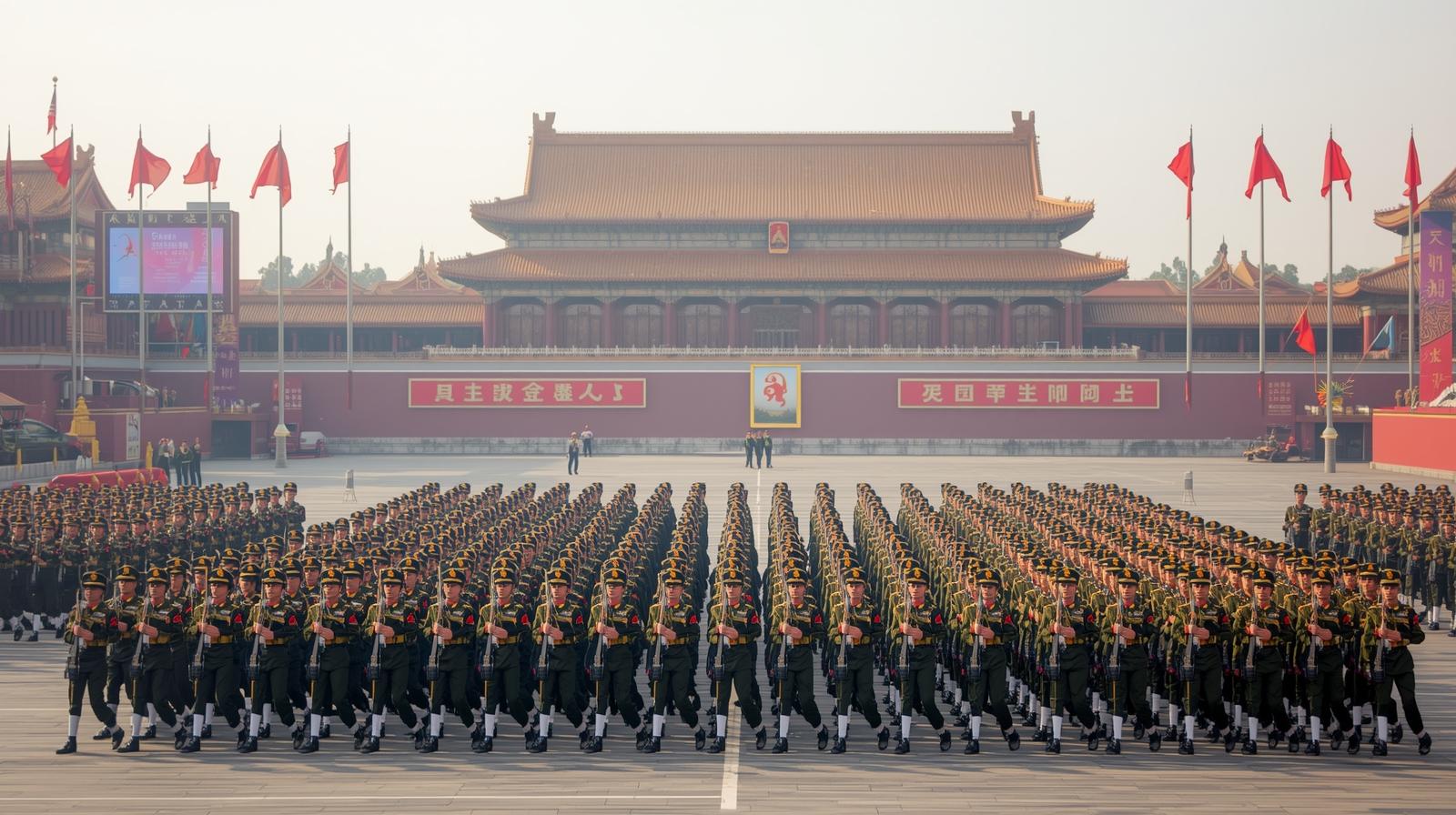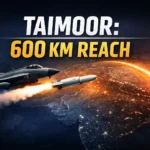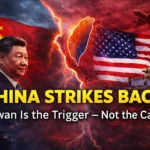China’s upcoming military parade on September 3, 2025, is far more than a ceremonial display; it’s a powerful statement of the nation’s rising military might and technological prowess on the global stage. Commemorating the 80th anniversary of the victory in the Chinese People’s War of Resistance Against Japanese Aggression, this event is strategically designed to demonstrate China’s self-reliance and its position as a major contender in the evolving world order.
A Showcase of Homegrown Might
This parade is a massive showcase of China’s domestically produced and cutting-edge military technology. Chinese officials have stated that all the weaponry and equipment on display are active-duty systems, signaling that these aren’t just prototypes but operational capabilities. The parade is expected to feature a wide array of advanced hardware, from hypersonic and strategic missiles to unmanned systems and advanced fighter jets. These displays are intended to demonstrate China’s growing ability to project power and deter potential adversaries, particularly in the Indo-Pacific region.
The J-10C’s Role in a Changing Narrative
The J-10C fighter jet, a key component of China’s air force, has garnered significant attention, particularly after reports emerged of its performance in simulated combat scenarios. While definitive real-world combat data is limited, the J-10C’s reported success against more established aircraft like the French Rafale in recent conflicts has been a major factor in bolstering confidence in China’s indigenous military technology.
The J-10C’s key strengths lie in its modern AESA (Active Electronically Scanned Array) radar, its advanced avionics, and its powerful PL-15 beyond-visual-range missile, which reportedly has a longer range than many Western equivalents. The perceived victories of the J-10C over the Rafale, an aircraft highly praised for its multirole capabilities and electronic warfare suite, has been a significant boost for China’s defense industry. It positions the J-10C as a highly capable, more affordable alternative on the global arms market, challenging the dominance of Western manufacturers.
Geopolitical Implications and Strategic Signaling
The parade serves a clear geopolitical purpose. By showcasing its most advanced weapons, China is sending a message to the West—and especially the United States—that it is a peer competitor and can no longer be contained. The presence of world leaders, including Russia’s Vladimir Putin and North Korea’s Kim Jong Un, further underscores this message, highlighting the formation of a non-Western bloc in opposition to the U.S.-led global order. This display is not just about military power; it’s a diplomatic signal aimed at redefining global security dynamics.
The parade also plays a significant role in China’s domestic narrative. It reinforces the image of a strong and prosperous China, capable of defending its national interests and safeguarding its sovereignty. The focus on the War of Resistance Against Japanese Aggression also serves to “rightsize” the historical narrative, asserting China’s crucial role in the Allied victory of World War II and reinforcing its claims over territories like Taiwan.










